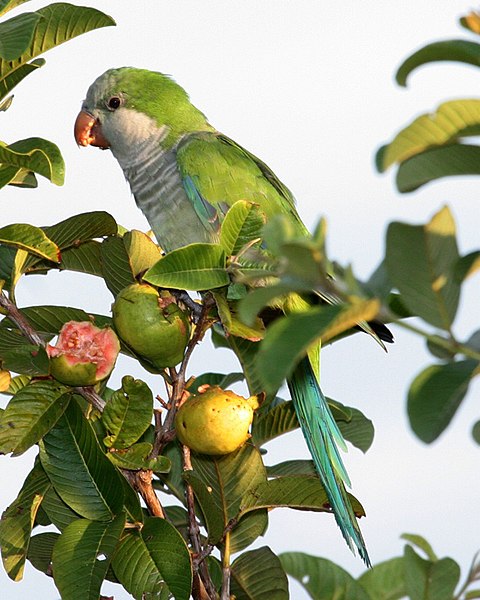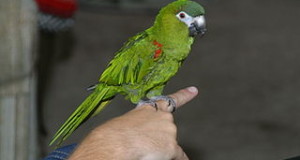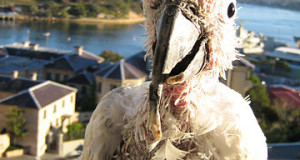Wild birds spend the vast majority of most days occupied with gathering food. In captivity, where all their nutritional needs are usually met in a matter of minutes, boredom and a general decline in vitality are constant concerns. While well-recognized in parrots, these same considerations apply to canaries and other finches, quails, softbills and all other pet birds.
Foraging Toys
A wide variety of bird toys is available to assist in  keeping our avian friends occupied. Among the most useful are those that, provisioned with food, encourage birds to work at obtaining snacks. Known as “foraging toys”, these are based on behavioral principles long applied by professional aviculturists. In my opinion, they qualify more as “health aids” than toys.
keeping our avian friends occupied. Among the most useful are those that, provisioned with food, encourage birds to work at obtaining snacks. Known as “foraging toys”, these are based on behavioral principles long applied by professional aviculturists. In my opinion, they qualify more as “health aids” than toys.
I also highly recommended our line of natural bird toys; these must be shredded and otherwise physically manipulated before the bird can retrieve the food hidden within. In addition to mentally and physically stimulating your pets, they will help to keep beaks in good condition and to sharpen motor skills and reflexes.
Natural Foods
Foods provided in their natural form will also encourage birds to utilize foraging skills. Particularly useful in this regard are millet sprays, sprouting greens and whole fruits.
 Live insects are unbeatable in arousing the interest of finches, white-eyes and most softbills. By allowing mealworms or waxworms to burrow into a pan of sand or oatmeal, you can keep you pets happily hunting for hours. Crickets are even better, especially if you stock the cage bottom with empty paper towel rolls in which the insects can hide. Plastic wrap wound around the lower 2 inches of the cage bars will help contain any crickets that escape your pet’s notice.
Live insects are unbeatable in arousing the interest of finches, white-eyes and most softbills. By allowing mealworms or waxworms to burrow into a pan of sand or oatmeal, you can keep you pets happily hunting for hours. Crickets are even better, especially if you stock the cage bottom with empty paper towel rolls in which the insects can hide. Plastic wrap wound around the lower 2 inches of the cage bars will help contain any crickets that escape your pet’s notice.
Hiding canned insects and other treats about the cage will encourage exploration and an interest in the environment in general.
Aviaries
An outdoor aviary is, in and of itself, a giant foraging “toy. Birds kept outdoors, even for part of the year, invariably become more alert and active – catching insects, sampling growing plants and just watching what is happening all around them.
Further Reading
To read more about other means of adding to your birds’ quality of life, please see my articles Behavioral Enrichment for Parrots and Finches Use Parrot Toys Too!
Monk Parakeet image referenced from wikipedia and originally posted by snowmanradio
 That Bird Blog – Bird Care and History for Pet Birds
That Bird Blog – Bird Care and History for Pet Birds



